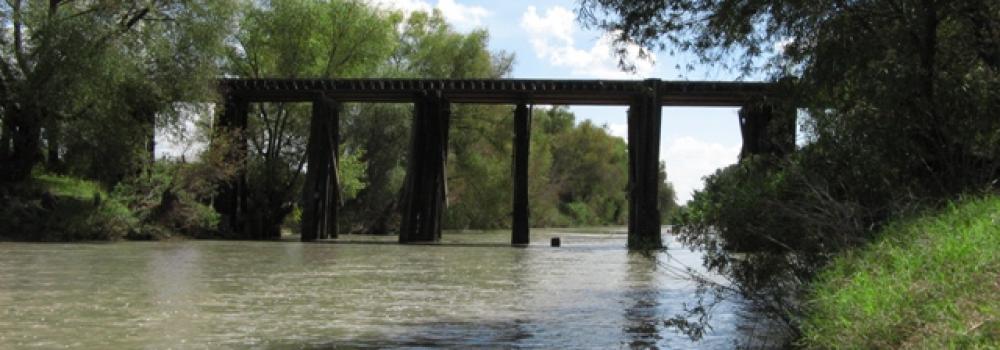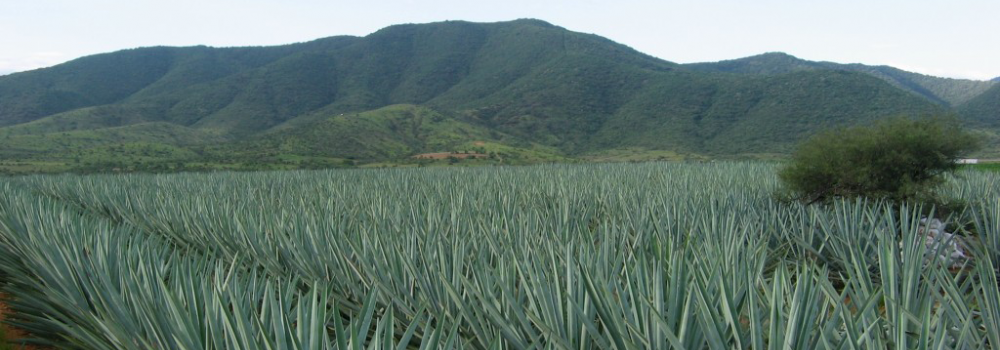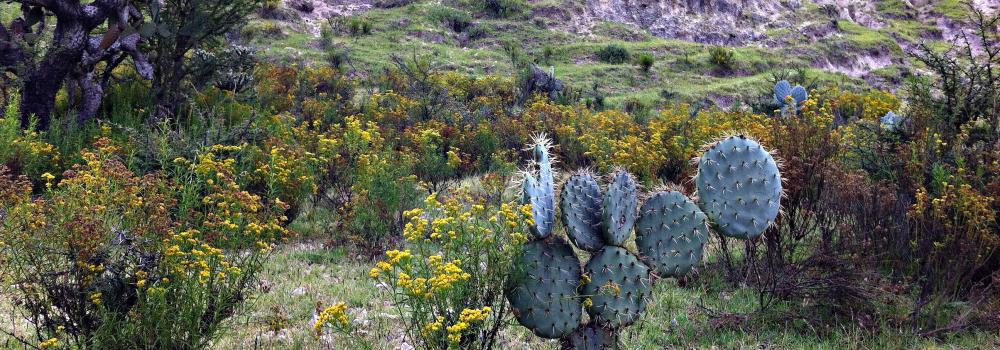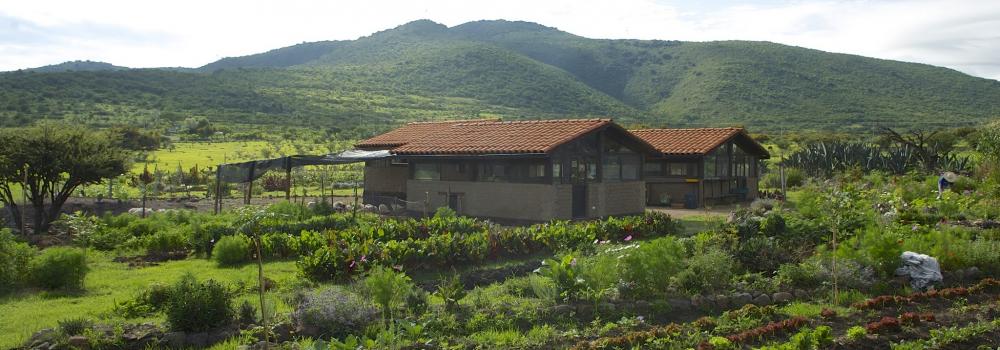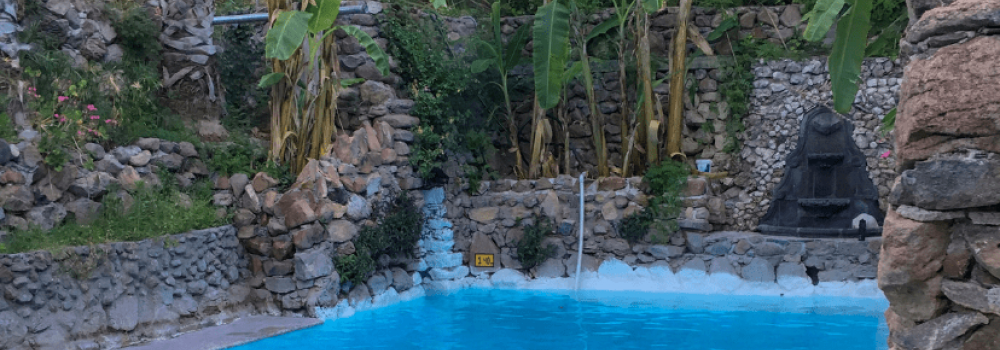
Elena Burns, a water specialist, is interviewed by La Coperacha in the context of the transition of the Federal Government. During the six-year term that is ending, she collaborated in the National Water Commission (Conagua) with the aim of attacking corruption, but was prevented from continuing and dismissed in November 2022 by the general director of the agency, Germán Martínez Santoyo, due to what he called "lags" in the implementation of national water concessions. The co-founder of the national organization Water for All, Water for Life, also sees a bleak outlook and future in terms of water in the face of announcements to revive mega water projects and the placement of patches in the National Water Law so as not to affect the interests of large concessionaires. Instead, she proposes fundamentally changing the water management model to one with the active participation of a strong and organized citizenry.
– At the end of the six-year term and the beginning of another, how is the country in terms of water?
– We are in the 32nd year of the National Water Law, an extremely privatizing law, one of the first acts of Carlos Salinas de Gortari. Its objective was to grant national waters concessons until supplies were exhausted, the entire country was over-concessioned during the first 10 years, without a plan and without availability studies. We are in serious problems, first of all due to over-concessioning and hoarding and having a law that does not allow us to correct it. By putting all that water in the hands of a few concessionaires, they became a "hydrocracy" with enormous power over the Legislature and the Executive. We are really on the Titanic, heading towards a collapse in many parts of the country.
– How are we in terms of social conflicts dragged down by this context?
– It is unfortunate that there is not more attention and priority given to social conflicts. People endure and endure, they don't have water for a week, two weeks, a month, two months, but they see Granjas Carroll, they see Bonafont, the sugar mill, the mining company, they see them with all the water and they endure and endure. Then they decide to join together and take risks so as not to die, the same with the dialysis of children, with the cancer pandemic in Hidalgo and Alto Atoyac. In these places where there is no one protecting the nation's waters, nor human rights, nor the health of the population. Before a social conflict appears, people do everything, they go to the local Conagua office, to the municipality, to the National Human Rights Commission, to Profepa. They exhaust all possibilities before risking their freedom and sometimes their lives. There has to be an authority that puts things in order. What we call social conflicts will increase. Unfortunately, the authority is more concerned with avoiding a conflict with the great powers, the great water concessionaires.
– What is the balance of the work carried out by Conagua? Could anything have changed in this six-year term?
– Inertia and interests have put an end to Conagua. We had the experience of 6 citizens committed to the values of this government, we were invited and charged by the president to sweep away (corruption in) Conagua* from above. There are lessons. One lesson is that the Federal Executive will not be able to make the necessary changes without a strong citizenry, without coordination, without political will from above and from below. We will have to work together to be able to make the profound changes required by the National Water Commission and the National Water Law.
– What is really required to address the water crisis you describe?
– A new legal framework and a new institution are needed. Twice, in 2018 and 2024, the people of Mexico have said an end to neoliberalism. We have to address basin by basin, including its groundwater. Participatory planning has to be carried out, with all those who are there, the industrialists, the ejidos, the teachers. To the extent that these plans are rooted in the population that lives there and that incorporates their knowledge about how water works in their territory, the budget will yield much more because they will know exactly what to do. Right now we are facing megacrisis and mega projects. What is happening with the Cutzamala System? The water arrives by pumping that costs 3 billion a year and 42% goes to leaks, but it is water that we brought and pumped from Michoacán, it is the logic of the 20th century when oil was abundant and we had no idea of climate change, but we are in the 21st century and we already have to change to collaborative, participatory planning, with the two axes: equitable and sustainable access.
– What happened with the Citizen Initiative of the General Water Law, why was it not approved?
– It was stuck in the Senate, it was rescued in the 64th Legislature, they took it up again and they called 34 forums throughout the country. Morena developed an initiative, they went all over the country to gather consensus, four initiatives were achieved that finally had the same essence, they were put together in a ruling that Senator Gloria Sánchez presented, but it was left there.
Now in this six-year term it will not be taken up again. There will be another General Law as the big water interests have always asked for. They have asked to keep the National Water Law and translate the human right to water into liters per person, assign powers between the three levels of government, with or without the citizens, to ensure affordable access to their 100 liters per inhabitant per day. That is the fundamental error because with what water and how to understand that the human right to water as nothing more than that my 100 liters arrives at my home instead of understanding that the human right to water is the right to a healthy aquifer, to a healthy watershed, to not be flooded, to not be poisoned and to equitable access. So the proposal is just to reform but without touching the depth of the problem.
– What are the expectations of Claudia Sheinbaum's government and its water projects?
– Large projects are being considered, aqueducts and transfers to bring water to the cities and investment in irrigation districts is also being announced, so there are problems in both directions.
The Baja California desalination plant is being announced, the Tres Cruces dam, the Paso Ancho dam in Oaxaca, the transfer of the Mezquital Valley, taking water from Veracruz to the border, many projects that in the past have shown that they cannot be defended with a cost-benefit analysis.
These are projects that Felipe Calderón and Enrique Peña Nieto had done, which for technical reasons and lack of social feasibility had been buried, so it is the time of the zombies, they are rising, reappearing, announcing. But we are in a different time in the country. It was possible before, I think that now it can be shown that there are other better, prettier, cheaper, faster, socially acceptable and environmentally friendly alternatives.
For example, if you have a bucket full of holes it is better to first cover the holes before bringing another hose, it is an obvious thing. Doing a good job of eliminating or reducing leaks is much cheaper than bringing water from far away and putting it in these systems that receive more water, and the more water they receive, the more it will leak.
The other problem is investing in irrigation districts. This was one of the two objectives of the National Water Law: to massively grant national waters and secondly to put federal hydro-agricultural infrastructure in the hands of civil associations and limited liability companies. These figures have ended up being monopolized by minority groups. Corruption is immense there. They receive resources and may or may not become more technical, but the water that is expected to be released through technification is released by cutting off access to water to the ejidos. And this group of water bosses is enriched.
What happens when the irrigation district is technicalized? The excess water is bought; But the irrigation district never paid a cent for monopolizing the water that comes out of the dam, it doesn't even pay its concession, but it sells the surplus, it sells as real estate, it sells land, because there are always cities in the middle of the irrigation districts, cities that are growing, now this land that becomes urban with everything and water for services, represents a lot of money, but everyone is very afraid of them.
So having the idea of putting resources again, going from 26 billion a year for Conagua to more than 100 billion and thinking that with these resources you are going to solve, but no. You cannot separate water from the social, if you do not attend to social problems you can put all the money you want and a lot of it will go to corruption but you will not get more water.
– Where do you feel better, in community processes or in government functions?
– In the construction of the National Autonomous Water Comptroller's Office. I entered the government with the full support of the president to clean up an institution and it didn't work, I was pushed out with my little broom. Instead of sweeping corruption from above, I now see that it is needed from below and from above. It is clear that there is concern on the part of the future president, there is awareness and concern about corruption in Conagua, I hope that with the citizens we can team up to be able to eradicate it.

